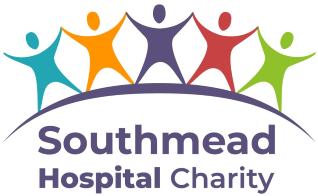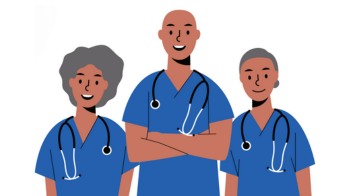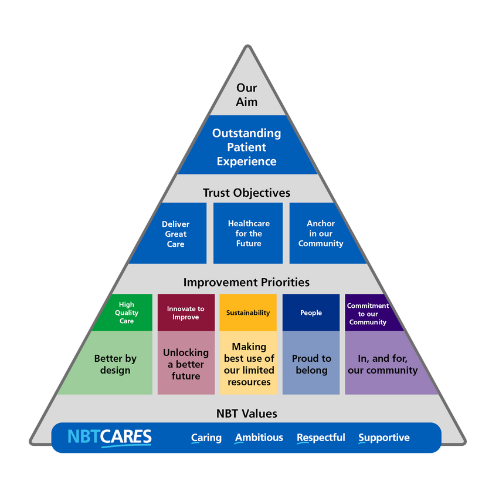Patient Information - Delirium
What is delirium?
Delirium is a state of mental confusion that can happen if you become medically unwell.
It affects about 2 in 10 hospital patients but is more common in older people who may have some decline in their thinking skills.
It can be frightening - not only for the person who is unwell, but also for those around them.
What is it like to have delirium?
You may:
- Be less aware of what is going on around you.
- Be unsure of where you are or what you are doing there.
- Have vivid, frightening dreams, which may continue when you wake up.
- Hear noises or voices when there is nothing or no-one there to cause them.
- See people or things which are not there.
- Worry that other people are trying to harm you.
- Be acutely confused and agitated, have fluctuating cognition, or be sleepy/drowsy. Some people may
fluctuate in symptoms. - Sleep during the day, but be more wakeful at night.
Who is at risk of developing delirium?
- Older people.
- People with memory problems/ dementia.
- People who have poor hearing or eyesight.
- Severely ill people.
- People who have had surgery.
- People with an infection.
- People who are dehydrated.
- People who are terminally ill.
- People who have suddenly stopped drugs or alcohol.
- People who take certain medication such as painkillers and steroids.
- People who have constipation.
How can I help someone with delirium?
- Stay calm.
- Talk to them in short, simple sentences.
- Offer support, reassurance, and reorientation if they are confused. Listen to what they have to say and give people time to respond.
- Make sure they can see a clock or a calendar and remind them of date and time.
- Make sure they have glasses or hearing aids that they normally use.
- Help them to eat and drink.
- Try to make sure someone they know well is with them. This is most important during the evenings when delirium often gets worse.
- Bring in some familiar objects from home.
- Have a light on at night so that they can see where they are when they wake up and what time it is.
How is delirium treated?
To treat delirium, you need to treat the underlying cause of which there are many. Common causes include infection,
dehydration, constipation, and pain. Each person may have more than one cause, for example a urinary infection,
constipation, and dehydration.
Causes will be treated accordingly and may include antibiotics, intravenous fluids, encouragement to eat and drink, along with use of medications to reduce agitation and distress if needed.
Personalised care plans will be needed and in North Bristol NHS Trust (NBT) we use the ‘This is Me’ document to gather information about the person so staff can support the person when family/ carers are not available.
We use this document for people with cognitive impairment, delirium and/or dementia so please don’t be alarmed if you are asked to complete this on behalf of someone.
How long does it take to get better?
Once the cause is treated, delirium can take several days or weeks to resolve fully. It is important to see whether the person recovers more quickly at home before making important decisions about future care.
Medical staff will let the GP know that someone has had delirium in their hospital discharge letter, so that the GP can assess this after discharge and refer on to other services if further investigation is needed. It is important that you know what has been said / sent to the GP so that you can ask for a review appointment with the GP.
Useful contacts
Ward staff should always be the first people you ask for more information.
Carers Support
CarersLine: 0117 965 2200
www.carerssupportcentre.org.uk
Alzheimer’s Society
National Helpline: 0300 222 1122
Royal College of Psychiatrists
Web based information on delirium.
Delirium Royal College of Psychiatrists
Delirium prevention, diagnosis and management (National Institute for Health and Care Excellence)
Reference
In developing this information for local use in North Bristol Trust, the Royal College of Psychiatrists delirium leaflet accessed at the web address above was used as a basis.
© North Bristol NHS Trust. This edition published August 2023. Review due August 2026. NBT003161
Support your local hospital charity

See the impact we make across our hospitals and how you can be a part of it.





